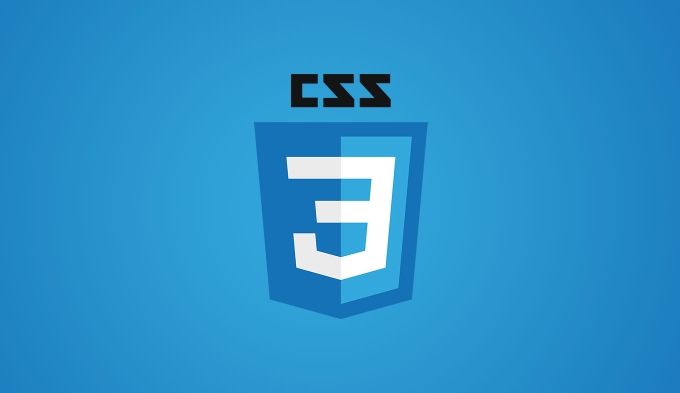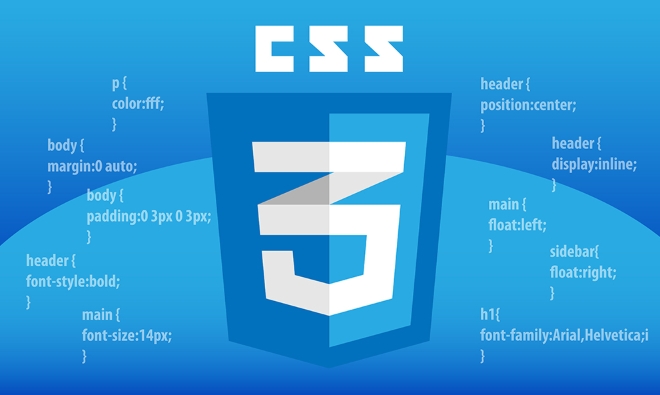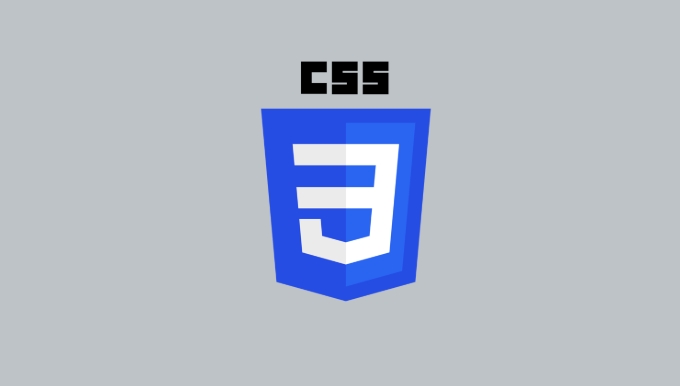CSS variables (custom properties) are defined at the beginning of --, such as --main-color: #333;, which can be referenced and modified dynamically in CSS, suitable for topic switching and style management. 1. Defining variables are usually in:root or specific elements, such as:root { --main-color: #333; }; 2. When using var(--variable name), such as color: var(--main-color); 3. You can set the default value to prevent errors, such as var(--main-color, #000); Common uses include: 1. Unified management of theme colors, and style changes by switching variables; 2. Avoid duplicate code, centrally managing colors, spacing and other values; 3. Dynamically update styles, and combine JavaScript to modify and change variables to achieve interactive effects; precautions include: scope affects the effective scope of the variable, and child elements can cover the parent variable; strings cannot be spliced, and the full value needs to be written directly; good compatibility, mainstream browsers support but are not suitable for IE.

Using CSS variables (custom properties) is actually quite convenient, especially when you are doing large projects or need to adjust the style frequently. It is not only used in preprocessors like ordinary variables, but is natively supported and more flexible to write.

What are CSS variables?
CSS variables, also called custom properties, are attributes defined by -- , such as --main-color: #333; They can be referenced throughout the CSS file and can be modified dynamically, making them ideal for topic switching and color management.

You usually define global variables in :root , or local variables in a specific element, so that only affects that part. For example:
:root {
--main-color: #333;
}
.header {
--main-color: #f00;
}How to use CSS variables?
The use method is very simple, which is to use the form of var(--變量名) . For example, if you want to set the text color as the main color, you can write it like this:

p {
color: var(--main-color);
}There are a few small details to pay attention to:
- If the variable is not defined, the browser will ignore this value, which may cause a style exception.
- You can add a default value to
var(), such asvar(--main-color, #000)so that if the variable does not exist, it can still be guaranteed.
Common uses and suggestions
1. Unified management of theme colors
Many projects will have a set of main tones, and it is particularly appropriate to use variables to centrally manage them. For example, if you have a dark theme and a light theme, you only need to change a few variables to switch the overall style.
:root {
--bg-color: #fff;
--text-color: #333;
}
.dark-theme {
--bg-color: #111;
--text-color: #eee;
}2. Avoid duplicate code
If you have many duplicate colors and spacing values ??in your CSS, using variables can reduce redundancy. For example, padding or rounded borders of buttons:
:root {
--btn-padding: 12px 24px;
--btn-radius: 8px;
}3. Dynamic update style scene
JavaScript can be used to dynamically modify and change the meter values ??to achieve some interactive effects. For example, click the button to change the background color:
document.documentElement.style.setProperty('--bg-color', '#ff0');
Notes and FAQs
- The scope needs to be clarified : where the variable is defined under which element it takes effect.
:rootis global, and child elements can override parent variables. - You cannot splice strings : For example, if you write a font size of
--font-size: 16;, and then want to usefont-size: var(--font-size)px;this is not possible, you have to write it directly as--font-size: 16px;. - Compatibility is basically fine : mainstream modern browsers support it, but if you are still supporting IE, this set will not be applicable.
Basically that's it. Master the definition, call and scope of variables, and organize the variable structure based on actual needs, you will find it easier to write CSS.
The above is the detailed content of Using CSS variables (custom properties). For more information, please follow other related articles on the PHP Chinese website!

Hot AI Tools

Undress AI Tool
Undress images for free

Undresser.AI Undress
AI-powered app for creating realistic nude photos

AI Clothes Remover
Online AI tool for removing clothes from photos.

Clothoff.io
AI clothes remover

Video Face Swap
Swap faces in any video effortlessly with our completely free AI face swap tool!

Hot Article

Hot Tools

Notepad++7.3.1
Easy-to-use and free code editor

SublimeText3 Chinese version
Chinese version, very easy to use

Zend Studio 13.0.1
Powerful PHP integrated development environment

Dreamweaver CS6
Visual web development tools

SublimeText3 Mac version
God-level code editing software (SublimeText3)

Hot Topics
 What is 'render-blocking CSS'?
Jun 24, 2025 am 12:42 AM
What is 'render-blocking CSS'?
Jun 24, 2025 am 12:42 AM
CSS blocks page rendering because browsers view inline and external CSS as key resources by default, especially with imported stylesheets, header large amounts of inline CSS, and unoptimized media query styles. 1. Extract critical CSS and embed it into HTML; 2. Delay loading non-critical CSS through JavaScript; 3. Use media attributes to optimize loading such as print styles; 4. Compress and merge CSS to reduce requests. It is recommended to use tools to extract key CSS, combine rel="preload" asynchronous loading, and use media delayed loading reasonably to avoid excessive splitting and complex script control.
 How to use Lotties in Figma
Jun 14, 2025 am 10:17 AM
How to use Lotties in Figma
Jun 14, 2025 am 10:17 AM
In the following tutorial, I will show you how to create Lottie animations in Figma. We'll use two colorful designs to exmplify how you can animate in Figma, and then I'll show you how to go from Figma to Lottie animations. All you need is a free Fig
 Breaking Boundaries: Building a Tangram Puzzle With (S)CSS
Jun 13, 2025 am 11:33 AM
Breaking Boundaries: Building a Tangram Puzzle With (S)CSS
Jun 13, 2025 am 11:33 AM
We put it to the test and it turns out Sass can replace JavaScript, at least when it comes to low-level logic and puzzle behavior. With nothing but maps, mixins, functions, and a whole lot of math, we managed to bring our Tangram puzzle to life, no J
 External vs. Internal CSS: What's the Best Approach?
Jun 20, 2025 am 12:45 AM
External vs. Internal CSS: What's the Best Approach?
Jun 20, 2025 am 12:45 AM
ThebestapproachforCSSdependsontheproject'sspecificneeds.Forlargerprojects,externalCSSisbetterduetomaintainabilityandreusability;forsmallerprojectsorsingle-pageapplications,internalCSSmightbemoresuitable.It'scrucialtobalanceprojectsize,performanceneed
 Does my CSS must be on lower case?
Jun 19, 2025 am 12:29 AM
Does my CSS must be on lower case?
Jun 19, 2025 am 12:29 AM
No,CSSdoesnothavetobeinlowercase.However,usinglowercaseisrecommendedfor:1)Consistencyandreadability,2)Avoidingerrorsinrelatedtechnologies,3)Potentialperformancebenefits,and4)Improvedcollaborationwithinteams.
 CSS Case Sensitivity: Understanding What Matters
Jun 20, 2025 am 12:09 AM
CSS Case Sensitivity: Understanding What Matters
Jun 20, 2025 am 12:09 AM
CSSismostlycase-insensitive,butURLsandfontfamilynamesarecase-sensitive.1)Propertiesandvalueslikecolor:red;arenotcase-sensitive.2)URLsmustmatchtheserver'scase,e.g.,/images/Logo.png.3)Fontfamilynameslike'OpenSans'mustbeexact.
 What is Autoprefixer and how does it work?
Jul 02, 2025 am 01:15 AM
What is Autoprefixer and how does it work?
Jul 02, 2025 am 01:15 AM
Autoprefixer is a tool that automatically adds vendor prefixes to CSS attributes based on the target browser scope. 1. It solves the problem of manually maintaining prefixes with errors; 2. Work through the PostCSS plug-in form, parse CSS, analyze attributes that need to be prefixed, and generate code according to configuration; 3. The usage steps include installing plug-ins, setting browserslist, and enabling them in the build process; 4. Notes include not manually adding prefixes, keeping configuration updates, prefixes not all attributes, and it is recommended to use them with the preprocessor.
 What are CSS counters?
Jun 19, 2025 am 12:34 AM
What are CSS counters?
Jun 19, 2025 am 12:34 AM
CSScounterscanautomaticallynumbersectionsandlists.1)Usecounter-resettoinitialize,counter-incrementtoincrease,andcounter()orcounters()todisplayvalues.2)CombinewithJavaScriptfordynamiccontenttoensureaccurateupdates.






